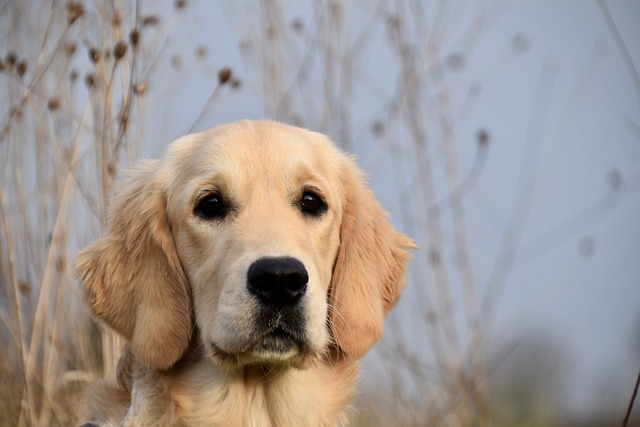
How do i train my dog to be obedient?
Watching your dog dart across the park ignoring your calls isn’t just frustrating—it can put them at risk near busy streets or public spaces.
Picture this: You’re at the dog park, your pup gleefully chasing squirrels near the treeline. You yell, "Buddy, come!"... and nothing happens. Sound familiar? Teaching a reliable recall command isn’t just convenient—it’s a critical safety skill rooted in behavioral science. Dogs respond to operant conditioning: when sprinting back to you predicts amazing rewards, they’ll choose it over distractions. Punishment-based methods (like yelling or leash-jerking) create negative associations and are widely rejected in modern ethical dog training culture. In fact, using fear or pain violates animal welfare guidelines across the EU and most US states.
Ready to build that bulletproof recall? Start indoors with zero distractions. Grab high-value treats (think diced hot dogs or freeze-dried liver—something your dog never gets otherwise). Crouch down, enthusiastically call "Buddy, come!" in a happy tone, and reward lavishly when they arrive. Always celebrate like they won the lottery—treats, praise, a quick game of tug. Repeat 5-10 times daily, gradually adding mild challenges: try it across rooms or during mealtime prep. Never use the cue for unpleasant things (baths, nail trims) early on.
Phase two moves to controlled outdoor spaces. A quiet backyard or empty tennis court works perfectly. Use a 15-30 ft long-line leash for safety—never practice off-leash near roads yet! Practice calling when they’re mildly distracted (sniffing grass). If they ignore you, gently reel in the line without repeating the cue, then reward when they reach you. This builds positive reinforcement recall without creating "cue deafness." Struggling? Increase reward value or lower distractions.

Now, integrate recall into daily life and community dog ownership responsibilities. Use it to call your dog away from barking at neighbors in your apartment hallway—essential for harmonious urban dog living. A solid recall prevents leash-law violations; if your dog bolts toward a child or reactive dog in a park like NYC’s Tompkins Square, that instant response avoids conflicts and fines. Off-leash freedom? Only in designated areas (check local ordinances!), and only after months of proofing. Always carry waste bags—cleaning up immediately isn’t just polite; it’s legally enforced from Seattle to Berlin (fines up to $250!). Ensure rabies vaccines and ID tags are current; microchipping is non-negotiable for lost pets. Respect leash-free zones vs. prohibited areas like playgrounds or farmers' markets—even if your local brewery patio allows dogs, recall keeps them from bothering other patrons.
Mastering recall transforms walks from stressful to joyful. It’s the ultimate act of care: keeping your dog safe near traffic, preventing wildlife chases, and honoring shared community spaces. Celebrate every successful return, keep sessions playful, and remember—this skill takes patience. That moment your dog bolts past distractions straight into your waiting arms? Worth every treat.

Watching your dog dart across the park ignoring your calls isn’t just frustrating—it can put them at risk near busy streets or public spaces.

New puppy owners often find themselves rushing to clean up accidents before they set in, and that’s where puppy pad training becomes a game-changer.

If you've noticed your dog's waistline disappearing and your veterinarian has mentioned those few extra pounds, your first instinct might be to simply reduce the amount of food in their bowl.

Training a dog to use a designated spot indoors isn’t as daunting as many new owners fear, but it does take consistency and an understanding of your pet’s needs.

That moment of dread on a walk is all too familiar for many new dog owners. You see another dog approaching down the sidewalk of your neighborhood

If the sight of another dog on your neighborhood walk makes your heart sink as your own dog erupts into a frenzy of barking and lunging, you're not alone.